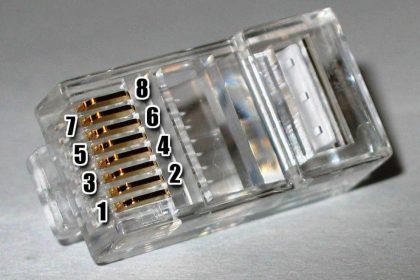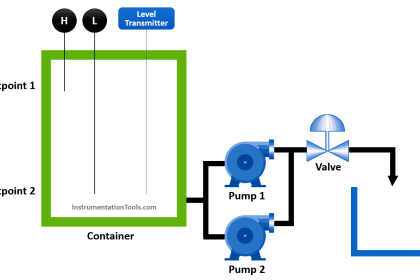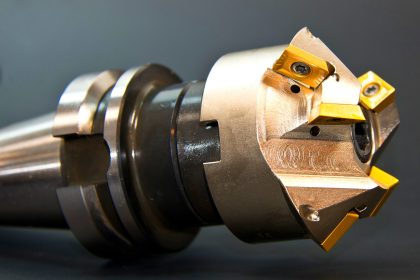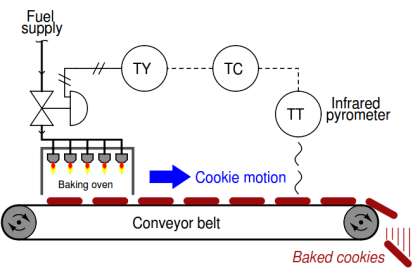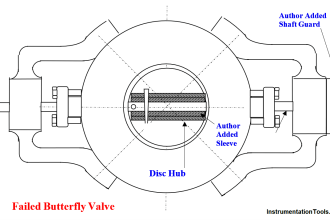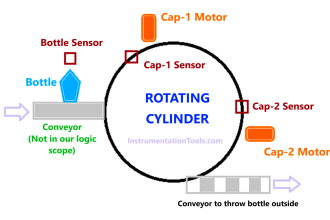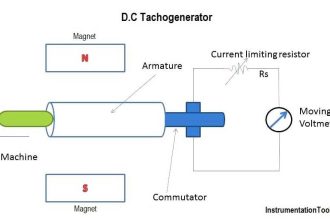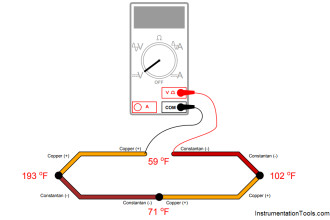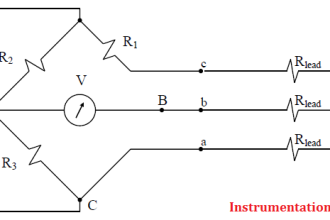The vacuum pan is a single-effect evaporator. It can be rightly called an evaporator crystallizer since evaporation as well as crystallization is taking place in pans.
The following are the three main functions are carried out in vacuum pans.
- The concentration of the feed.
- Nucleation.
- Finishing the strike with a thick tight “massecuite”
What are the Salient Features of Batch Pan Automation?
The batch pan automation advantages are as follows.
- Control the false grain in the pan body.
- The molasses purity is maintained as specified.
- Pan level is monitored continuously.
- Maintain the brix in the overall pan.
- Minimize the manpower.
- Improve the sugar purity (quality grain).
- Lesser consumption of water.
- Less consumption of steam.
Batch Pan Automation in the Sugar Industry
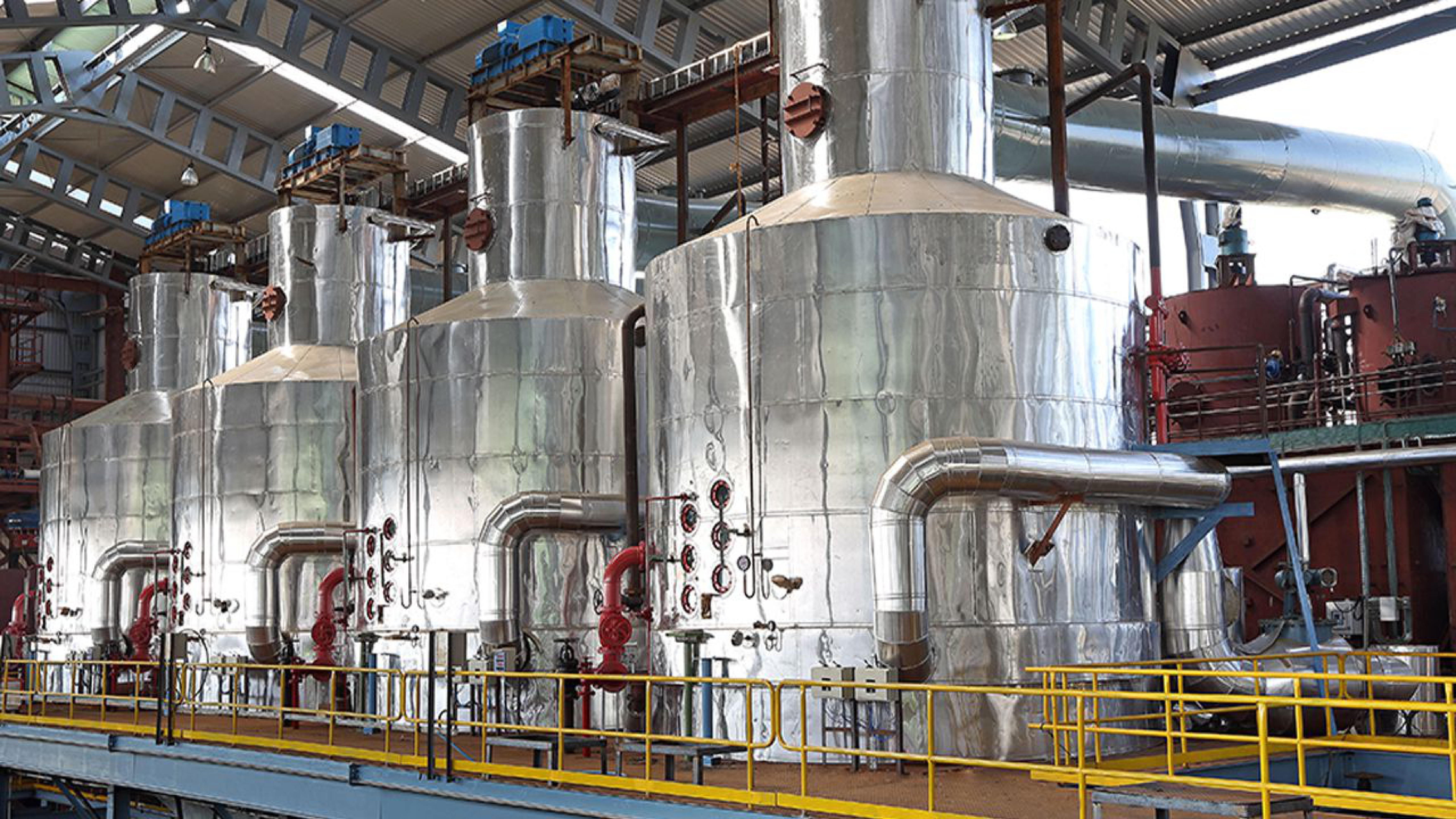
Massecuite boiling in batch pan bodies are very critical operation as the supersaturation of juice boiling inside the pan body must be maintained in a very narrow range.
Conscientious of the pan operator will lead to dissolving the false grain due to the increased number of water strikes in the pan body.
This results in an increased number of steam and vapor requirements. Now a day or in the present situation energy conservation such type of carelessness is inexpensive.
In this situation for conservation energy, it has become inevitable to implement the automation systems for the batch pan for feed control to maintain the massecuite boiling inside the batch pan at a supersaturation or metastable zone.
The conductivity or brix of massecuite and level of massecuite inside the batch pan are continuously monitored for automatic control of feed liquor to the batch pan body.
The exhaust steam pressure inside the calendria of the pan body is continuously monitored and the flow of steam to the batch pan is regulated.
And the remaining operations such as selection of feed liquor, seed slurry feeding control of vacuum braking, pan washing, closing, and opening of the discharge valve can also be automated.
Benefits of Pan Automation
- Reduction in the losses generated due to human error.
- Reduction in steam consumption.
- Saves time and increases the efficiency of the plant.
- Improves the quality of sugar.
Brix and Temperature Control of Molasses Conditioner
This system consists of two separate control loops for brix and the temperature control of the molasses.
For effective boiling of massecuite in the pan body, these control systems are always better to maintain the brix and temperature of the molasses.
Depending upon the specific relation between the viscosity sensor signal and brix. The 4 to 20mA DC signal is obtained through the calibrated brix transmitter.
The conductivity or viscosity sensor detects the brix values of the molasses for control of the brix.
The brix transmitter sends the measured value to the controller and the controller compares the received signal called the measured value with the given setpoint. And the difference between these two signals operates the proportional control valve to control the flow of water to maintain the desired brix.
Similarly, the temperature sensor RTD senses the temperature of the massecuite inside the body. The output signal of RTD is converted into 4-20mA DC through the temperature transmitter and this signal is sent to the controller.
The controller compares the measured value with the given set point. The difference between these two signals in terms of 4-20mA DC operates the temperature control valve and regulates the steam entering into the molasses conditioner to maintain the temperature of the massecuite.
pH Automation for Juice Clarification
This system is used to control the pH of the final juice and shock lime.
Here the pH of the final juice is maintained at pH 7.0 and the pH of shock lime is maintained between 8.5 to 10.5.
This process is carried out in the juice Sulphitation tank with respect to the flow of mixed juice.
The pH electrode is used to sense the pH of shock lime,
The pH transmitter sends the signal to the controller
The controller commands the control valve through VFD to control the flow of Milk of Lime to control the pH of shock lime to its desired value
Similarly for the final juice
The pH electrode senses the pH of the final juice,
The transmitter sends the pH signal to the controller to control the flow of molten Sulphur through VFD or secondary airflow for controlling the pH of the final juice to the desired value.
Generally, the variation of pH in the above system using single loop operation has been seen in most the sugar industries.
In such systems, the pH of the final juice is measured and the flow of Milk of Lime is controlled with manual adjustment of Sulphur dioxide gas.
It is desirable to have an inline pH electrode with a washing system.
The measurement of the pH of sampled juice is to ensure uninterrupted signal availability for the control system. However, the cost issues trammel the installation of such automated systems.
Benefits of pH Automation
The following are the benefits of pH automation.
- A higher setting rate leads to an increase in capacity utilization.
- Less Calcium oxide rises from Juice.
- Better clarity of juice.
- Reduction in the scaling of evaporators and pans
- Pan boiling is improved with better molasses exhaustion resulting in high recovery.
Procedure to Start the Vacuum Pan
Before the startup of the pan, the following valves must be closed.
- Close all the Syrup, molasses, melt, and molasses header valves.
- Close the check valves of the molasses header.
- The steam and vapor valves must be closed.
- Close the vacuum brake valve.
- Close the discharge valve of the pan.
- Ensure that the manhole is closed.
- Close the cut valve and washout valve.
- Ensure there are no leakages in the valves. If any leakage in the valve is found, get it arrested immediately before starting the pan.
